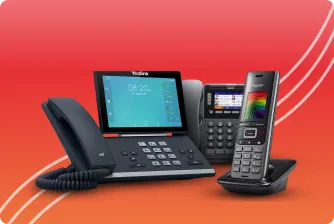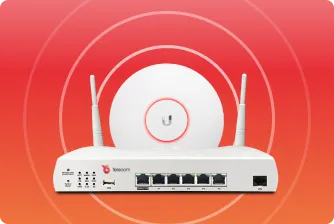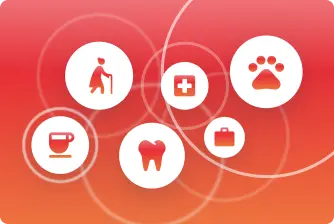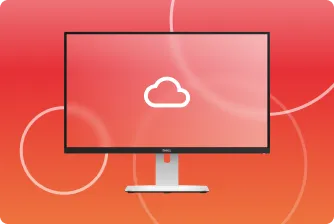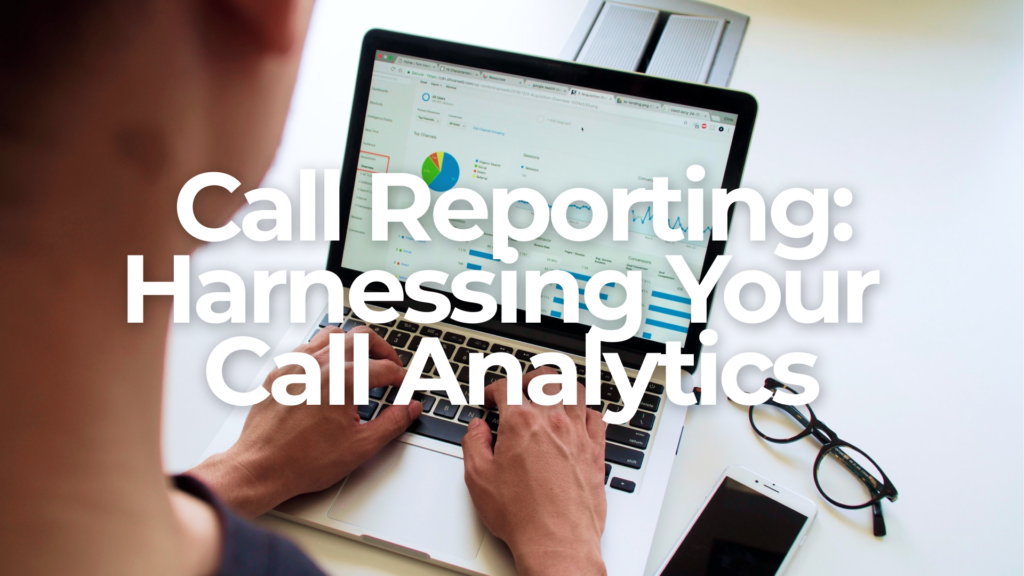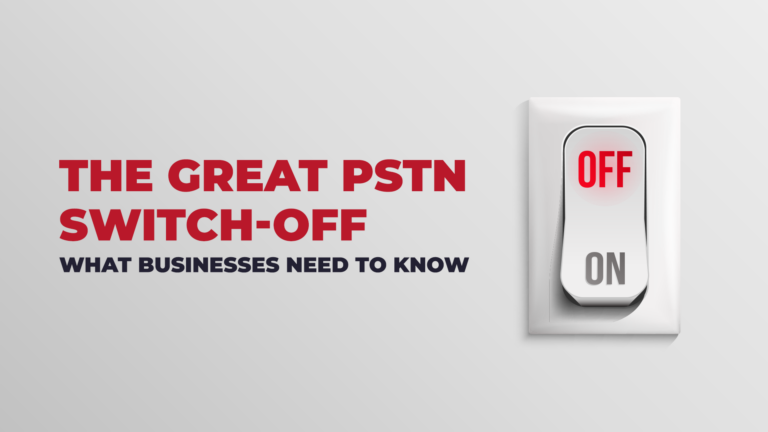In the modern age of data, even your telephone system has analytics – and it comes in the form of Call Reporting. Call reporting transcends mere data collection though; it’s a strategic imperative that empowers businesses to make swift, informed decisions. Realtime call analytics transforms raw communication data into actionable insights, becoming the linchpin for optimising various facets of business operations.
In this blog, we’ll delve into the crux of call reporting, exploring its multifaceted advantages and illustrating how this dynamic tool can be a game-changer, elevating your business to new heights of efficiency and customer satisfaction.
The Basics of Call Reporting
At the core of business communication strategy lies the indispensable feature that is call reporting, a sophisticated process that extends far beyond its surface definition. Call reporting encapsulates the systematic tracking and analysis of various key metrics, offering a comprehensive understanding of the dynamics within a company’s telephonic interactions. Delving into the basics, call duration emerges as a pivotal metric, reflecting the depth of customer engagements and the efficacy of communication strategies. Simultaneously, call volume serves as a crucial indicator of demand and business activity, guiding resource allocation and operational planning. Call resolution time, another cornerstone metric, unveils insights into the efficiency of customer support, influencing customer satisfaction and loyalty.
Beyond these fundamental metrics, caller demographics unveil the diverse characteristics of your audience, enabling personalised communication strategies. Lastly, understanding popular calling times provides a strategic advantage, facilitating the optimisation of staffing levels and service availability. Mastering these foundational aspects of call reporting is akin to deciphering the language of business interactions—unveiling patterns, bottlenecks, and opportunities. With this nuanced understanding, companies can not only enhance their customer-centric approach but also refine their operational strategies for sustained success in today’s competitive landscape.
Realtime Call Analytics and Business Operations
Realtime call analytics emerge as the linchpin that transforms static data into a dynamic force, directly impacting the pulse of business operations. The immediacy of insights provided by realtime call analytics bestows a competitive edge, enabling businesses to make split-second decisions with precision. Swift decision-making is just the tip of the iceberg; enhanced customer experience is a direct byproduct. Through real-time monitoring, businesses can anticipate customer needs, resolve issues on the fly, and tailor their responses, fostering a heightened level of customer satisfaction and loyalty.
The impact extends further, influencing resource allocation. By continuously analysing call data in real-time, businesses can dynamically adjust staffing levels, ensuring optimal support during peak periods and avoiding unnecessary costs during downtimes. This not only enhances operational efficiency but also directly impacts the bottom line. Case studies abound, illustrating how the integration of realtime call analytics translates into increased sales conversions, streamlined customer support processes, and the optimisation of marketing campaigns.
Realtime call analytics isn’t just a tool; it’s a strategic imperative that aligns communication insights with operational prowess, ensuring that every call becomes a stepping stone toward business success. Embracing this powerful tool isn’t merely an option; it’s a necessity for those seeking not just to survive but to thrive in the fast-paced landscape of contemporary business operations.
Improving The Team
Call reporting and real-time call analytics play a pivotal role in enhancing operational efficiency by providing valuable insights into team performance and facilitating ongoing training initiatives. These tools empower businesses to monitor and evaluate the effectiveness of their communication strategies, enabling them to identify areas for improvement and optimise customer interactions. By offering a detailed analysis of call metrics, such as call duration, wait times, and resolution rates, teams can pinpoint strengths and weaknesses in their approach. This information becomes instrumental in refining training programs, allowing teams to address specific challenges and enhance overall customer service. Moreover, the real-time nature of these analytics enables immediate corrective actions, ensuring that issues are promptly addressed to maintain high service standards.
Furthermore, call reporting fosters a sense of healthy competition within the team. As individuals or departments can track their performance metrics, a friendly rivalry emerges, motivating team members to continually strive for excellence. This not only boosts productivity but also creates a dynamic and engaging work environment. Recognising and celebrating achievements based on call analytics results in a positive reinforcement loop, encouraging continuous improvement and a collective commitment to delivering exceptional customer experiences. In essence, the integration of call reporting and real-time call analytics not only optimises operations but also contributes to a culture of growth, collaboration, and success within the team.
Navigating the landscape of realtime call analytics implementation is not without its challenges, yet overcoming these hurdles is instrumental for reaping the full benefits of this transformative tool. One of the common challenges is resistance to change among employees. Integrating realtime call analytics necessitates a cultural shift within an organisation, emphasising the importance of data-driven decision-making. Strategically addressing this resistance through comprehensive staff training and fostering a culture that values the insights garnered from call reporting is essential for successful adoption.
Conclusion
In conclusion, the transformative potential of realtime call analytics in business operations is undeniable. As businesses strive for agility and responsiveness in today’s dynamic landscape, the integration of call reporting emerges as a strategic imperative. By harnessing the power of real-time insights, organisations can optimise decision-making, enhance customer experiences, and streamline their operations.
This isn’t just a technological trend; it’s a paradigm shift that positions businesses for sustained success. Embracing realtime call analytics is not merely an option—it’s the pathway to operational excellence, customer satisfaction, and a competitive edge in an ever-evolving marketplace.
Here at Yo, we’re all about improving the success of the businesses we work with. So, If you are interested in learning more about improving your business development, or generally future-proofing your business – enter your contact details into the form below and we’ll be in touch about how we can help you and your business TODAY!

